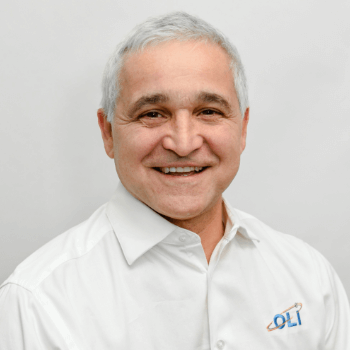Recovering lithium from brines using direct lithium extraction is the subject of intense research. The novel process faces challenges in media development, plant design, and operational conditions. This leads to the necessary step of optimization process conditions while implementing sustainable practices to minimize waste and energy consumption.
OLI has developed rigorous and accurate chemical database and process simulation tool that can be used to optimize the plant design. In last month’s spotlight, we discussed how rate-limiting reactions can be used to predict lithium uptake and release on layered aluminum double hydroxide (LADH) adsorption media. The goal was to create a tool that helps users evaluate LADH performance in real process environment. We tested the effects of Li concentration, salinity, temperature, contact time, and brine loading on media performance. In that work, we used a completely stirred chemical reactor (CSTR) as the media contactor.
In this Spotlight, we will switch from a CSTR to a packed LADH column, since this is how the process is being implemented commercially. We want to simulate the breakthrough curve when the feeds switch from Li-brine to wash water to stripper water. We will present how the column is constructed, the process variables that can be adjusted, and the effects of changing these variables on lithium recovery. We will use the results of a published column study to update the kinetics, and then use these results to simulate media performance is a real brine. We will use the unique capabilities of dynamic simulation to predict reactive transport, media inactivation, and multi-cycle lithium recovery.


